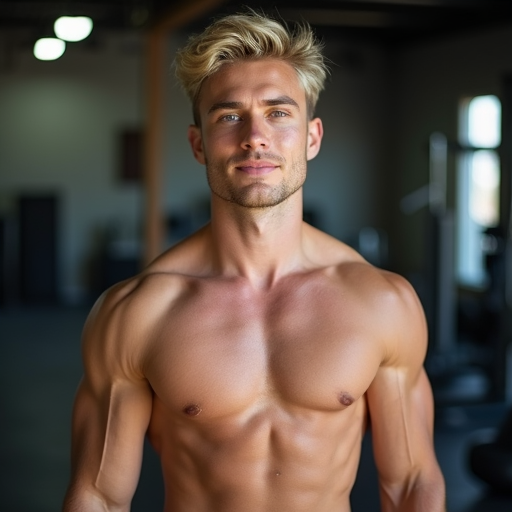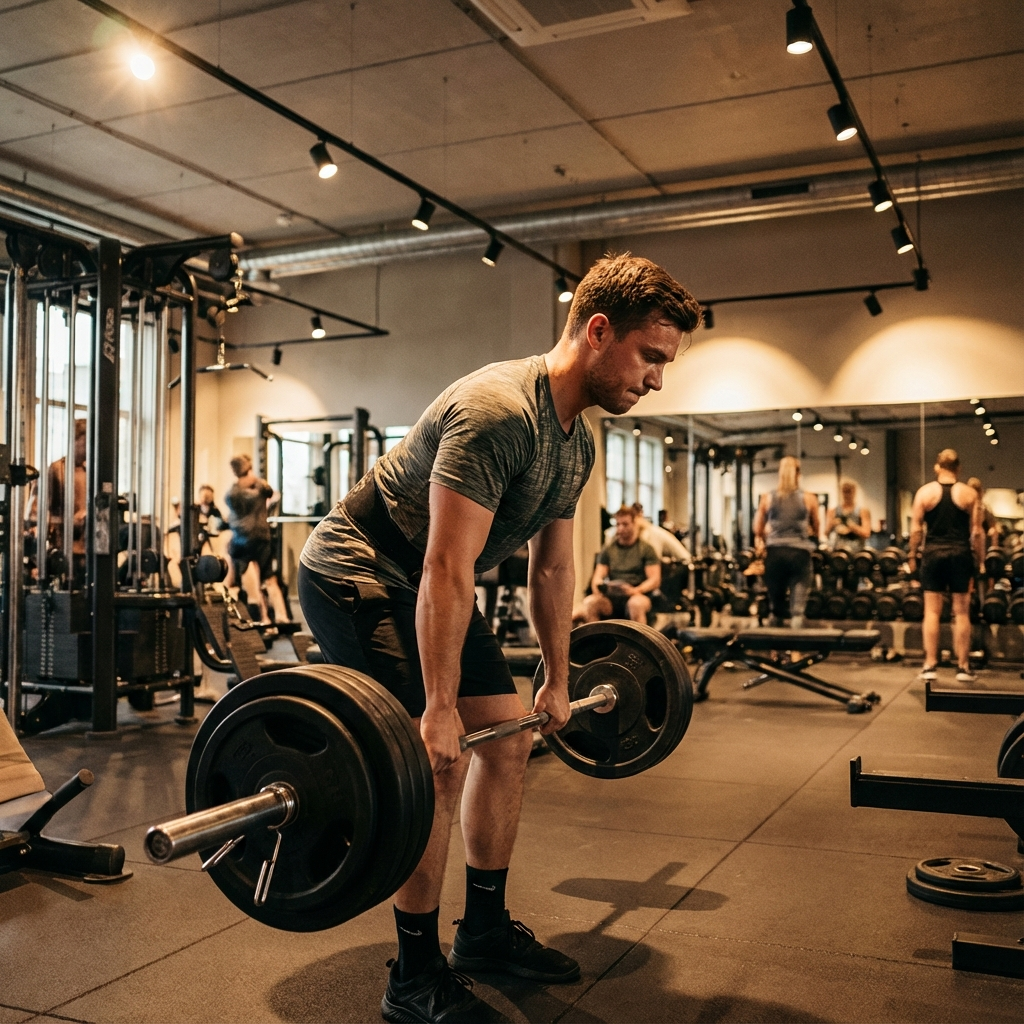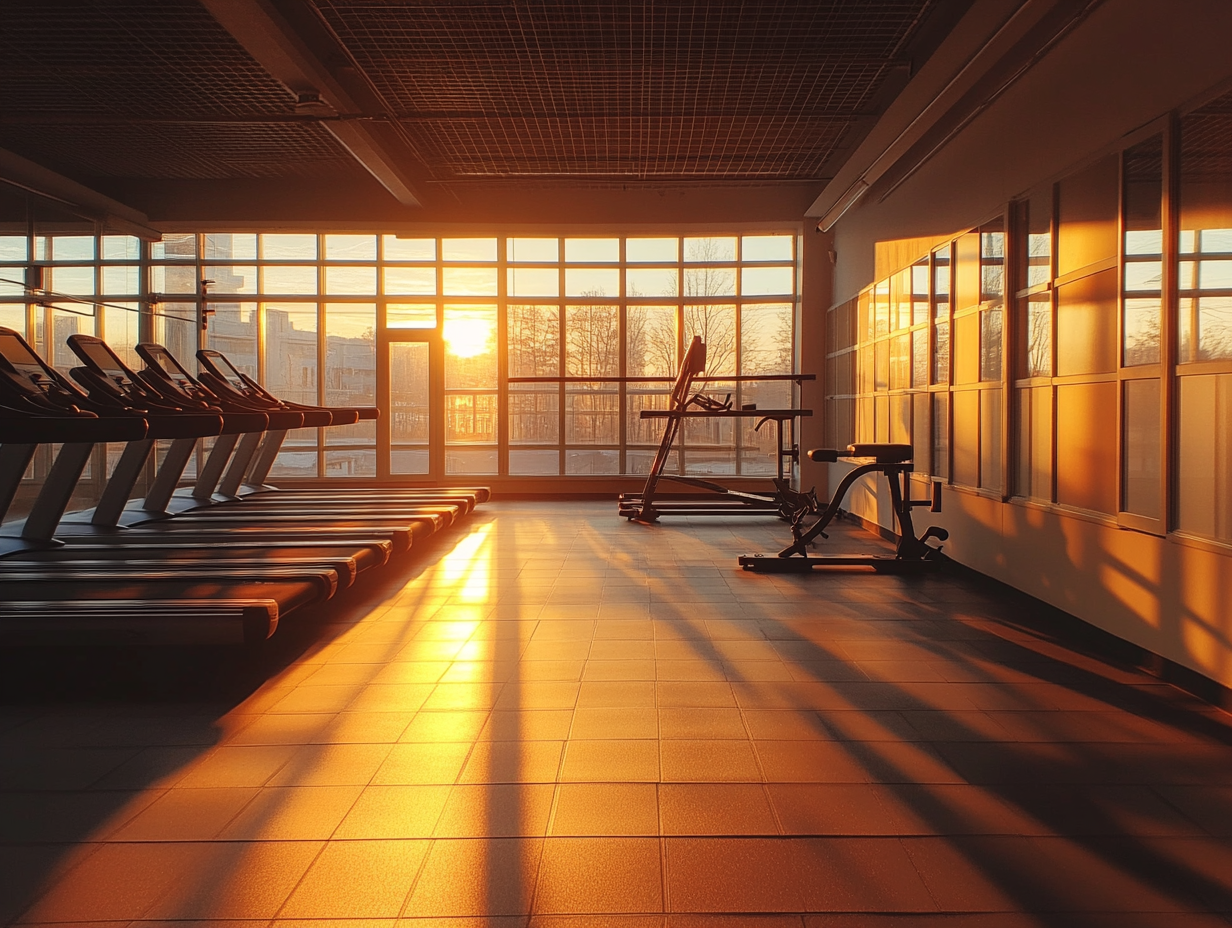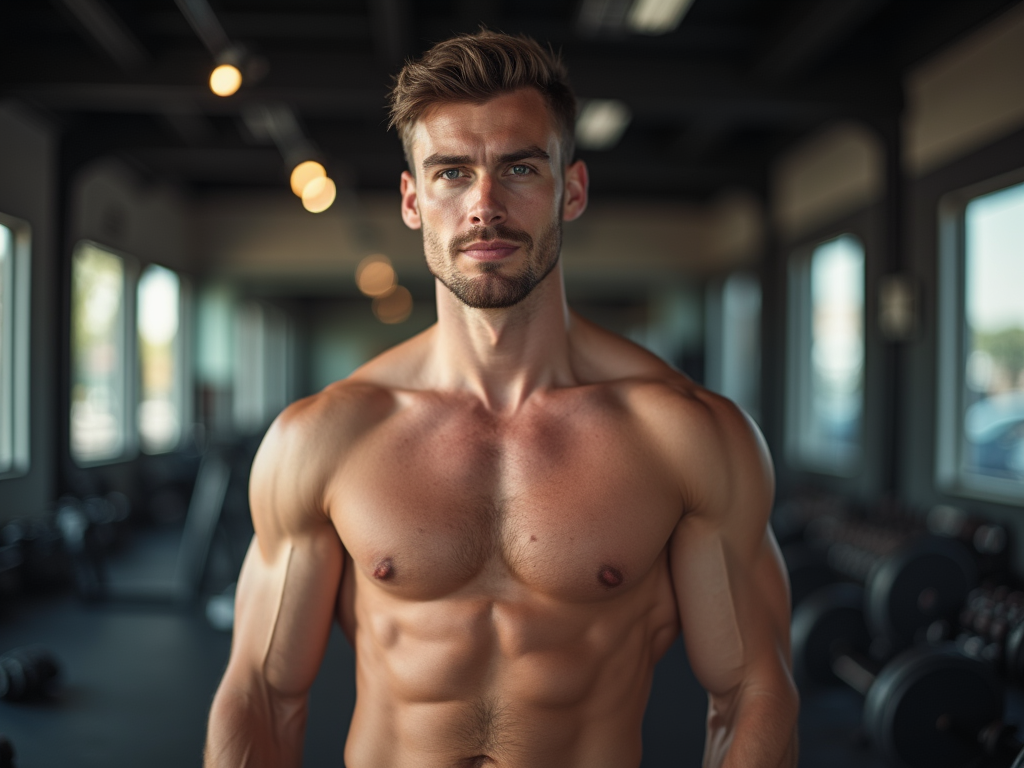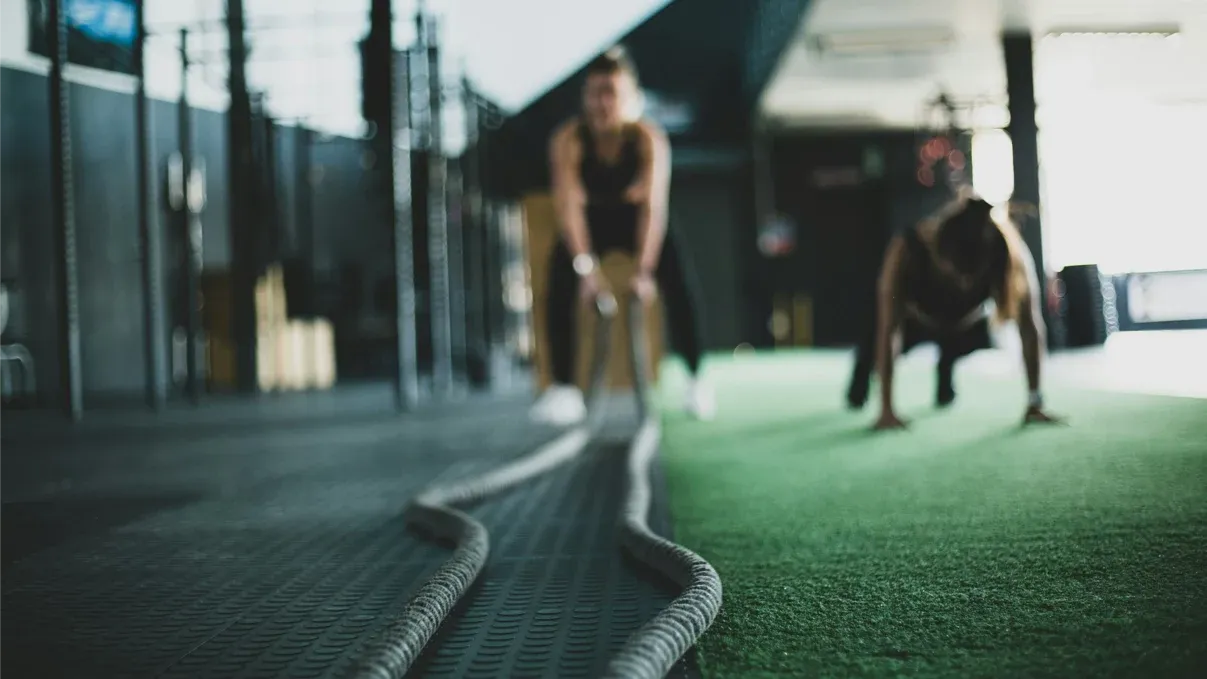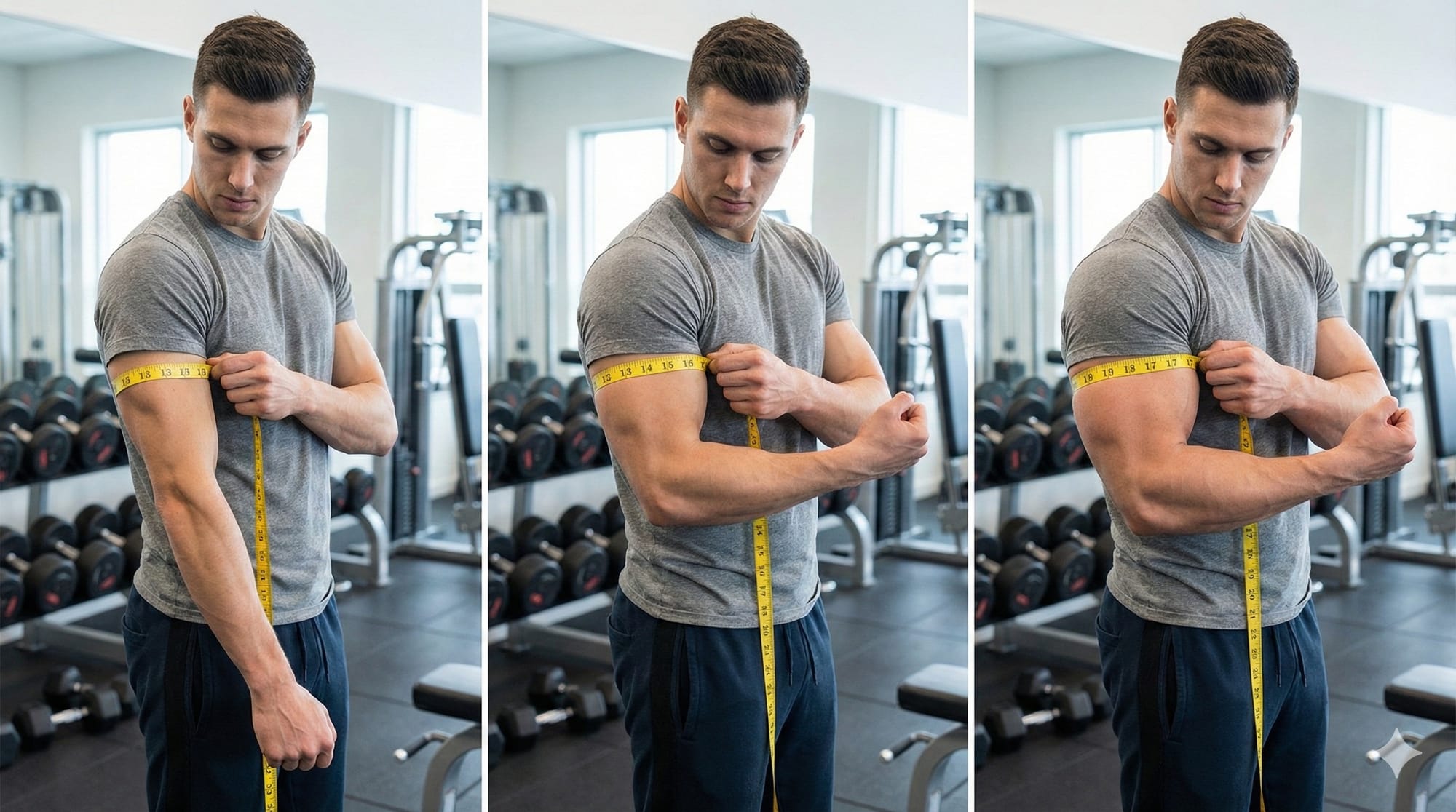Olympic weightlifting is often seen as the pinnacle of explosive strength and power. The two primary lifts—the snatch and the clean & jerk—demand incredible coordination, technique, and full-body strength. But does Olympic weightlifting actually help build muscle in the same way as bodybuilding or powerlifting?
This article breaks down the science behind muscle growth, the effectiveness of Olympic lifting for hypertrophy, and how you can adapt Olympic-style training for maximum muscle gain. We will cover key physiological principles, compare Olympic lifting with other forms of strength training, and provide actionable workout strategies for those looking to maximize both power and size.
How Muscles Grow: The Science of Hypertrophy
To understand whether Olympic weightlifting is good for building muscle, we need to look at how muscle growth (hypertrophy) happens:
- Mechanical Tension: Heavy loads create tension in muscle fibers, stimulating growth.
- Muscle Damage: Microtears in muscle fibers occur during resistance training, leading to repair and growth.
- Metabolic Stress: Repeated contractions with moderate to high reps increase metabolic byproducts, contributing to hypertrophy.
Bodybuilding and powerlifting use progressive overload, moderate to high reps, and slow, controlled movements—all ideal for hypertrophy. But where does Olympic lifting fit into this?
Does Olympic Weightlifting Stimulate Hypertrophy?
Olympic lifting focuses on maximal power and speed, requiring full-body engagement. However, its effectiveness for hypertrophy depends on several factors:
1. High Tension, But Low Time Under Tension
Olympic lifts use heavy weights, but each rep is performed explosively and quickly, reducing the time muscles spend under tension. Research shows that slower, controlled movements (e.g., bodybuilding reps) are better for hypertrophy.
Good for: Developing explosive strength, neurological adaptations, and tendon strength. Less ideal for: Maximizing hypertrophy due to limited eccentric (lowering) phase.
2. Low Repetition Volume
Most Olympic weightlifters train in low rep ranges (1-5 reps per set) at 80-95% of their one-rep max (1RM). This enhances strength and power but does not create the same metabolic stress as 8-12 rep hypertrophy training.
Good for: Strength and power development. Less ideal for: Muscle mass gains that require higher rep ranges.
3. Full-Body Engagement, But Not Isolation
Olympic lifts activate multiple muscle groups simultaneously—legs, core, back, shoulders, and arms. However, they do not target individual muscles as precisely as isolation exercises (e.g., biceps curls, leg extensions).
Good for: Athletic development, coordination, and full-body strength. Less ideal for: Targeted hypertrophy of specific muscles.
How to Adapt Olympic Weightlifting for Muscle Growth
If you want to build muscle while incorporating Olympic lifts, you need to adjust your training plan. Here’s how:
1. Increase Volume and Reps
- Perform moderate rep ranges (6-10 reps per set) for Olympic variations like power cleans and hang snatches.
- Reduce weight slightly to maintain good form and increase time under tension.
2. Add Eccentric Training
- Focus on the eccentric (lowering) phase of lifts. Example: Lower the bar slowly after a clean pull.
- Perform slow tempo squats, Romanian deadlifts, and snatch-grip deadlifts to enhance hypertrophy.
3. Incorporate Bodybuilding Movements
Olympic lifters often supplement their training with bodybuilding-style accessory work. Include:
- Squats & Front Squats – For leg hypertrophy.
- Romanian Deadlifts – Strengthening the posterior chain.
- Pull-Ups & Rows – Improving back development.
- Overhead Presses & Lateral Raises – Enhancing shoulder growth.
4. Use Progressive Overload
- Increase reps and weights gradually.
- Track training metrics to ensure steady muscle-building progress.
Comparing Olympic Weightlifting with Other Strength Disciplines
| Training Style | Best For | Hypertrophy Effectiveness |
|---|---|---|
| Olympic Weightlifting | Power & Explosiveness | Moderate |
| Bodybuilding | Muscle Growth & Aesthetics | High |
| Powerlifting | Maximal Strength | Moderate-High |
| CrossFit | Conditioning & Functional Strength | Variable |
Who Should Use Olympic Weightlifting for Muscle Growth?
Best for:
- Athletes & Power-Based Sports: If speed, power, and explosiveness are your priority, Olympic lifting is highly beneficial.
- Intermediate/Advanced Lifters: If you already have a solid strength base and want to mix in explosive movements.
- CrossFit Athletes: Olympic lifts are a staple in CrossFit training, where strength and endurance combine.
Not Ideal for:
- Beginners Seeking Pure Hypertrophy: A bodybuilding or powerlifting program will be more effective for muscle gain.
- Injury-Prone Individuals: Olympic lifts require high technical skill, and poor form increases injury risk.
Conclusion: Should You Use Olympic Weightlifting to Build Muscle?
Olympic weightlifting is an elite strength sport that builds power, athleticism, and full-body strength. However, due to its low time under tension, low volume, and lack of isolation work, it is not the most effective method for hypertrophy.
To build muscle efficiently, combine Olympic lifts with higher-rep hypertrophy training, eccentric-focused lifts, and accessory exercises.
Want the best of both worlds? Try a hybrid Olympic lifting + hypertrophy program for strength and muscle development!


